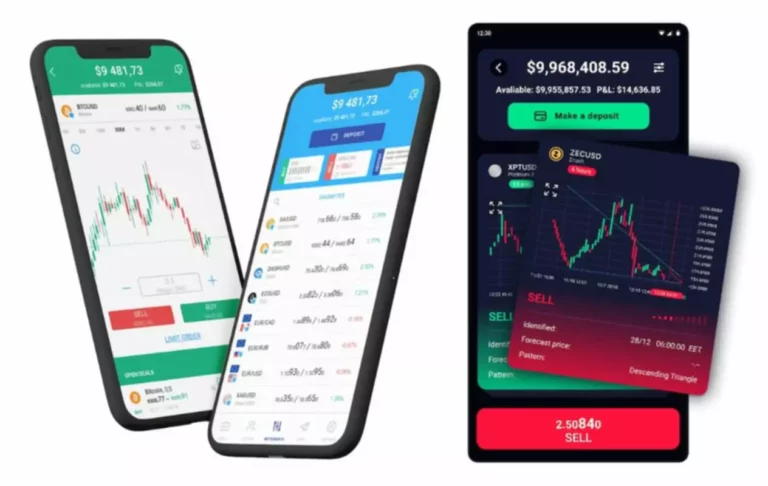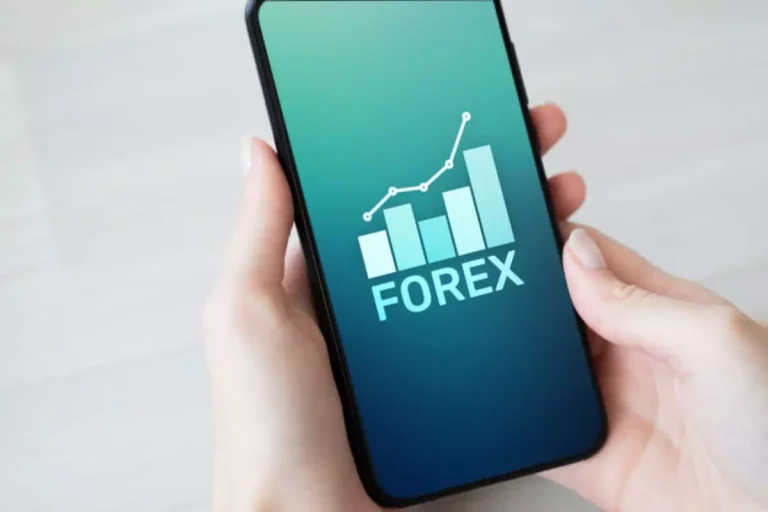When the costs of assets deposited to liquidity pools fall and the ratio of the token pairs is unfavorable, there is not any way to reverse this. As such, when trading charges don’t offset these losses, they are certainly permanent. Liquidity swimming pools mix the funds deposited by LPs for customers of AMMs to commerce against. An LP could present one ETH to a Uniswap liquidity pool, along with £3,000 worth of the USDC stablecoin. LPs earn a portion of transaction fees when AMM customers swap ETH or USDC from that liquidity pool.

Liquidity suppliers (LPs) deposit their belongings https://www.xcritical.in/ into these swimming pools and are rewarded with a fraction of the fees generated on the AMM. This practice, generally identified as yield farming, incentivizes LPs to contribute to the liquidity pool. When a consumer wants to trade on the decentralized buying and selling platform, they interact immediately with the AMM, swapping one token for one more at a price determined by the liquidity pool’s algorithm. DeFi (Decentralized Finance) has been a hot subject in recent times, with its promise of democratizing and improving the normal financial system via peer-to-peer trading.
They enforce the principles of the trading protocol, execute transactions, and distribute rewards to liquidity suppliers without the necessity for intermediaries. This automation enhances the transparency, safety, and effectivity of the trading process. A market maker ensures that a selected crypto trading ecosystem is also loaded with consumers and sellers.
Most decentralized exchanges (DEXs) provide tools to estimate slippage before commerce execution, allowing users to make informed choices. Nonetheless, decentralized exchanges (DEXs) and automatic market makers (AMMs) are non-custodial. Not only does this imply that customers have management of their belongings, nevertheless it additionally implies that belongings cannot be seized, frozen, or restricted in the identical method that they can be with CEXs. AMMs decentralize this whole course of by replacing order books and counterparties with sensible contracts. The distinction is that good contracts “make” the market as an alternative of humans or centralized exchanges. Visionaries within the domain constantly attempt to boost and adapt these fashions.
- In contrast, AMMs cost significantly decrease charges, making trading extra cost-efficient.
- To reduce this, traders and liquidity providers want to contemplate the liquidity and depth of the pool.
- Understanding these decentralized finance risks is essential for anyone looking to interact in DeFi activities.
- With hundreds of thousands of apps competing for person attention, choosing the right platform—and the proper development partner—is critical.
- Balancer’s flexibility and innovative features have made it a key participant within the DeFi space, attracting vital liquidity and user engagement.
1 Constant Product Amms
Layer 2 and sidechain AMMs are designed to enhance scalability and scale back transaction prices by working on secondary networks or sidechains connected to the primary blockchain. Whereas they provide numerous benefits, they’re additionally susceptible to various vulnerabilities that can result in significant financial losses. Concentrated liquidity AMMs symbolize Cryptocurrency a major evolution in the AMM model, allowing for extra strategic liquidity provision.
Amms In Different Blockchain Ecosystems
They may be people or bigger entities that offer the property to those pools. They not only signify a departure from traditional finance mechanisms on centralized exchanges but also present the longer term trajectory of decentralized transactions in crypto markets. By Way Of oracles, DEXs can also concentrate liquidity inside these value ranges and improve capital effectivity. This additionally reduces the risk of slippage, since prices are more in sync with other markets. AMMs can make use of off-chain sources like worth oracles to offer reliable worth discovery and capital effectivity.


DeFi lowers prices, additionally with a sooner fee for the transaction, making direct interplay between customers an exciting alternative to conventional techniques. AMMs sometimes cost a fixed payment per trade (e.g., 0.3% on Uniswap), which is distributed to liquidity providers. Order e-book DEXs can provide variable charges and sometimes depend upon market makers to hold up depth. On-chain order e-book DEXs may also have higher Automated Market Maker gas or information prices, particularly on Ethereum. In general, AMMs are less complicated and extra predictable, however giant trades could incur larger slippage. Liquidity suppliers play an important position in financial markets by guaranteeing that there is enough volume for traders to execute their orders with out vital price adjustments.
These middlemen demand charges for their services, which will increase the cost of trading. Furthermore, AMMs use sensible contracts to automate asset switching, which makes them less expensive and more practical than conventional exchanges. Moreover, unexpected market occasions, similar to massive liquidations or worth manipulations, may end in what’s often recognized as “impermanent loss” for liquidity providers. This sort of loss happens when the value of a token inside a liquidity pool deviates substantially from the market price. In return for their contribution, liquidity providers earn a share of the transaction charges generated from trades throughout the pool.
Users are usually liable for ensuring they adjust to their jurisdiction’s legal guidelines, particularly round KYC, taxation, and securities. Instead of being limited to one-size-fits-all pools, builders can now design bespoke trading experiences, all while sharing the same infrastructure and routing system. LPs can “place their liquidity” right around the market value, where it’s most likely for use and earn fees. This makes the pool dramatically extra capital-efficient and reduces slippage across the board. While users not often notice these price imbalances in real time, it’s this fixed behind-the-scenes arbitrage that helps AMMs stay aggressive and aligned with the remainder of the crypto market.
